The report was eye-openingly blunt.
“The Scottish Government is failing to achieve Scotland’s ambitious climate goals.” That is line one of the Climate Change Committee’s (CCC) new report on Scotland’s progress on reducing emissions.
The CCC is the official independent body set up to advise our politicians on progress made in reducing greenhouse gas emissions. It is a serious group, made up of top experts. What it says matters, and what it is saying about Scotland should concern all of us.
“Annual emissions targets have repeatedly been missed and the publication of Scotland’s draft Climate Change Plan has been delayed. As such, there is still no comprehensive delivery strategy for meeting future emissions targets and actions continue to fall far short of what is legally required,” says the CCC.
The Scottish Government has a legally binding target to reduce emissions by 75% by 2030, compared with 1990 levels. Scotland has missed eight of its annual emissions reduction targets in the past 12 years, and the CCC believes the Scottish Government is “lacking a comprehensive strategy that outlines the actions and polices required to achieve the 2030 target”.
By the end of this decade, the CCC would like to see Scotland treble the pace of rollout of public electric vehicle charging points, reduce car traffic by 20%, increase heat-pump installation rates by a factor of at least 13, and double onshore wind capacity. It also says woodland creation will need to more than double by the mid-2020s, while peatland restoration rates need to increase significantly.
My immediate thought after reading the report was: where are the Scottish Greens? The party joined the Scottish Government in August 2021, making big promises about tackling the climate emergency.
Why hasn’t it used its influence to force the Scottish Government to publish its draft climate change plan, which it promised to do by late-2023? Shouldn’t the Greens be threatening to walk out on governing if that plan is not prioritised and published ASAP?
Greens seem to have swapped environmentalism for nationalism
Perhaps Lorna Slater and Patrick Harvie, the co-leaders of the Scottish Greens, have grown too used to their ministerial salaries and other trappings of office. More likely, the party’s failure on what should be their defining mission points to another uncomfortable truth: the Scottish Greens long ago swapped environmentalism for nationalism.
In the time that the party has been in government with the SNP, the Scottish Government has managed to produce no less than 12 papers on independence, while failing to publish its plan on climate change. That tells you all you need to know about where the Scottish Government’s – and, by extension, the Scottish Greens’ – priorities sit.
The Scottish Greens’ embrace of nationalism has led it to the extraordinary position of placing a higher priority on breaking up the UK than saving the planet. Indeed, I would go so far as to say that advocating for Scottish secession stands in direct opposition to achieving net zero.
Are we to believe that a Scottish government grappling with the technical challenges of creating all the infrastructure needed to run an independent state would have the institutional capacity to deliver on net-zero aims? It clearly would not.
It is estimated it will cost around £1.4 trillion in real terms over 30 years for the UK to achieve net zero, with the state coughing up about £350 billion of that
Neither would it have the fiscal capacity. Around the time of the Scottish Greens coming into government, the UK’s Office for Budget Responsibility (OBR) produced a report in which it estimated that it will cost around £1.4 trillion in real terms over 30 years for the UK to achieve net zero, with the state coughing up about £350 billion of that.
Could Scotland afford net zero on its own?
Meanwhile, this month, Scotland’s version of the OBR, the Scottish Fiscal Commission, produced a report which showed that more public spending per person will be needed in Scotland because we have lots of forests and peatland, and a relatively large land mass per capita.
It will cost billions of pounds for Scotland to achieve net zero, yet the Scottish Government’s key priority is to cut us out of our UK fiscal union, a move that would lead to austerity budgets the like of which we’ve never known. Never mind paying for net zero – making next month’s public sector wages bill would be challenge enough.
Cutting us out of the UK also risks breaking up our electricity market. The British power market works on the basis that sparsely populated Scotland exports excess electricity to the heavily populated south, while subsidies for Scotland’s renewables industry and associated infrastructure flow north. Smash that market, and you cut off those subsidies, which would be catastrophic for Scottish renewable energy.
The CCC report is not just a call to arms on climate-change action, it is also a warning of the dangers of Scotland’s environmental movement getting hijacked for other purposes – namely a separatist policy that threatens to scupper our net zero ambitions.
John Ferry is a regular commentator on Scottish politics and economics, a contributor to think tank These Islands, and finance spokesperson for the Scottish Liberal Democrats
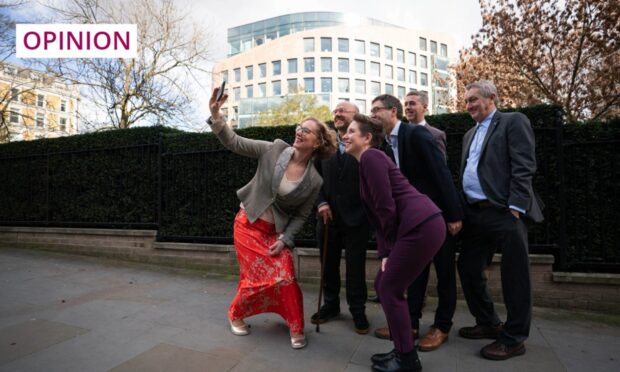
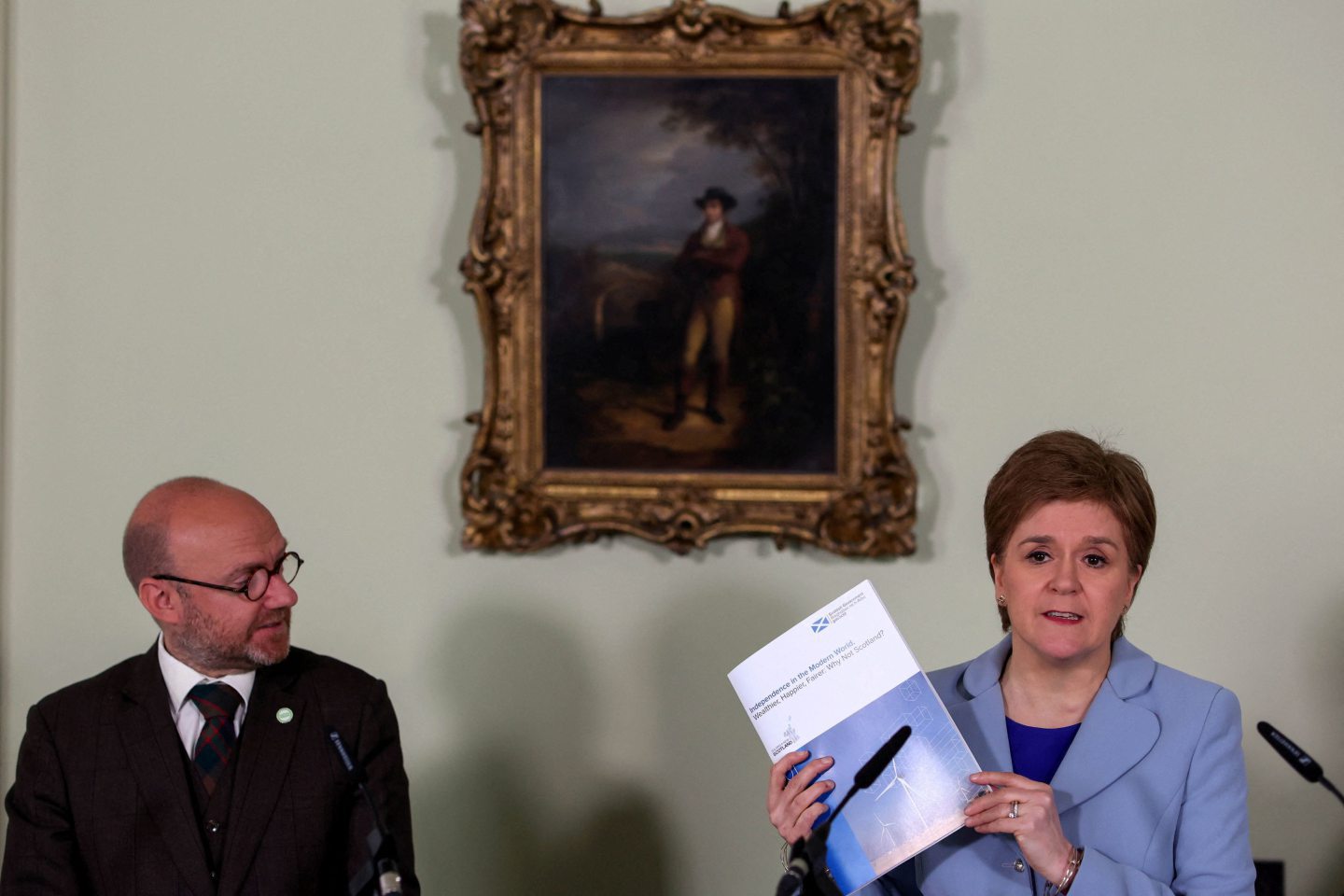
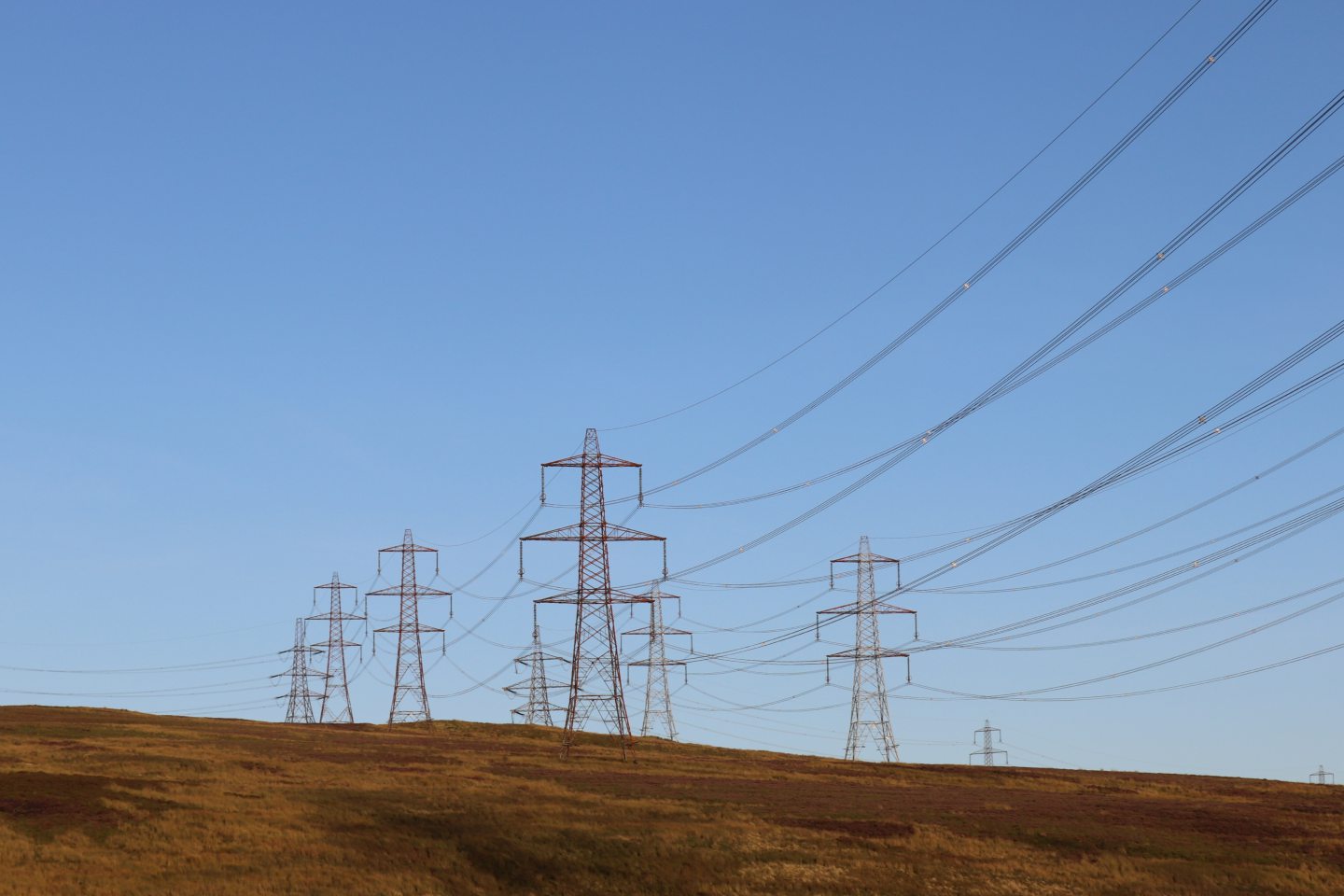
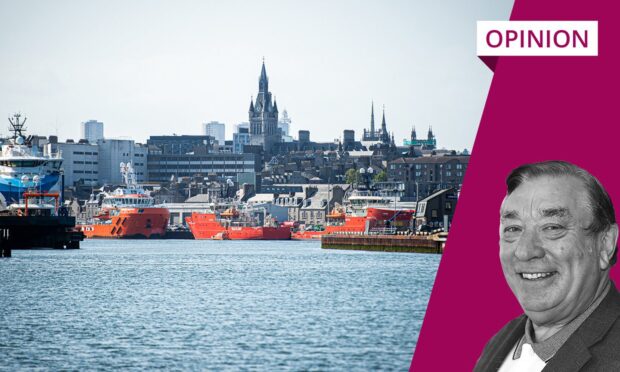
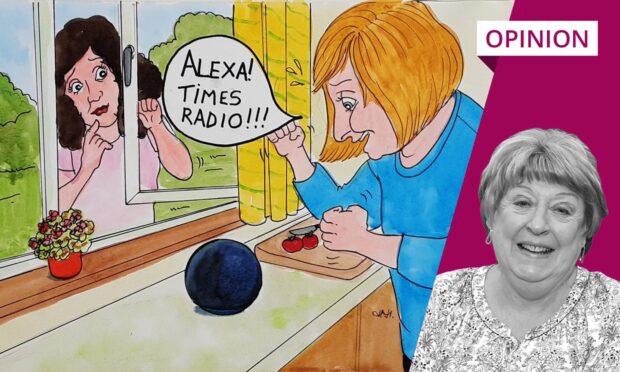
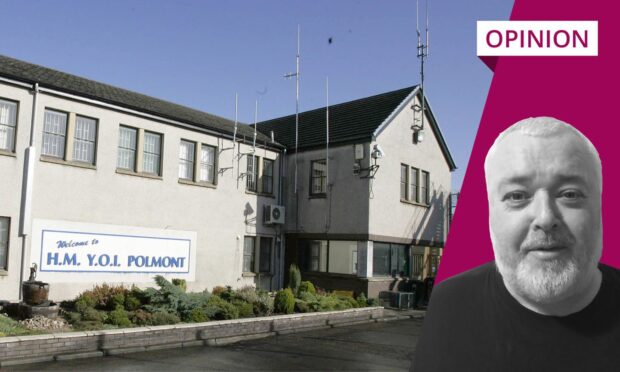
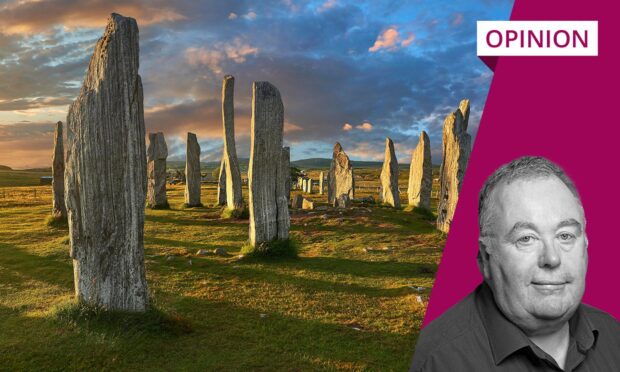

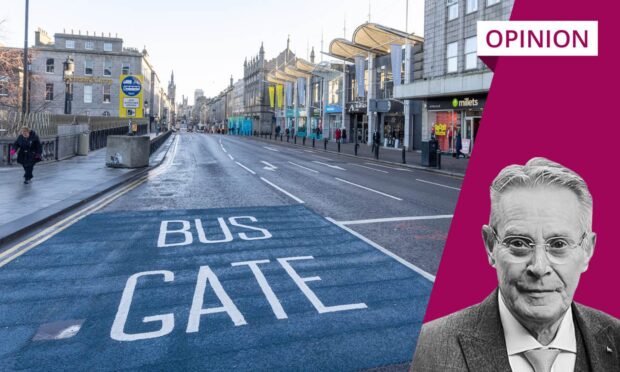

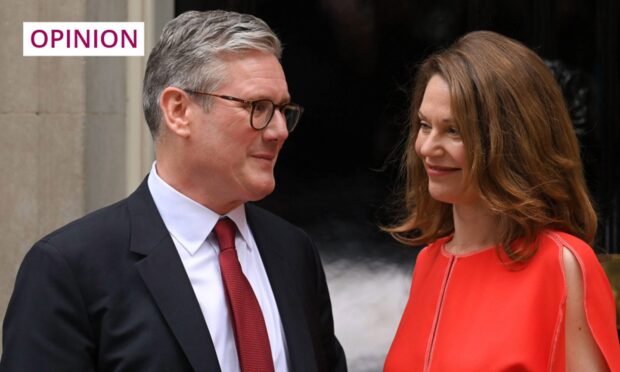


Conversation